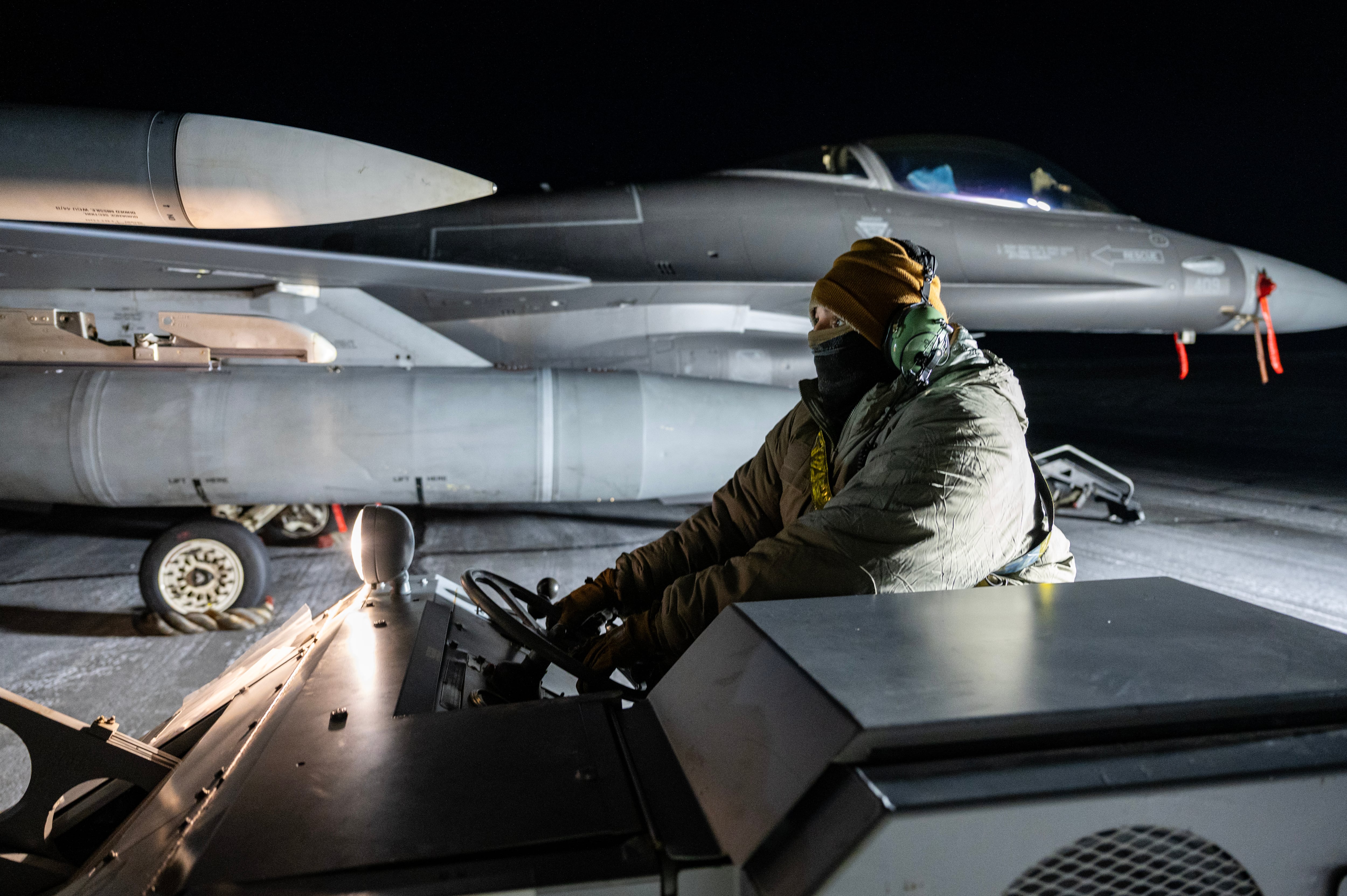The Army faces "increased risks" and readiness that has reached "historically low levels," senior Army leaders warned Wednesday as they took the fight against further budget cuts to Capitol Hill.
"We need predictability, not politics," Army Secretary John McHugh said to the Senate Appropriations Committee's subcommittee on defense. "As we face uncertainty around the world, we must have certainty here at home."
In the last three years, the Army has cut the active component by 80,000 soldiers, inactivated 13 brigade combat teams and is in the process of cutting three combat aviation brigades, said Army Chief of Staff Gen. Ray Odierno, who testified alongside McHugh.
The Army also has cut 18,000 soldiers from the Army National Guard and Army Reserve, and it is reducing its total aviation force by 800 aircraft, with almost 700 of them coming from the active force, Odierno said.
"Today, only 33 percent of our brigades are ready, when our sustained readiness levels should be closer to 70 percent," he said. "We have fewer soldiers, the majority of whom are in units that are not ready, and they are manning aging equipment at a time when the demand for Army forces is much higher than anticipated."
The president's 2016 budget represents "the bare minimum" needed for the Army to carry out its missions and meet the requirements of the national defense strategy, Odierno said.
If sequestration returns in 2016, the Army could lose 10 to 12 additional brigade combat teams, "modernization would come to a standstill, training would go unfunded, and readiness rates, both unit and individual, would fall to very low levels," Odierno said.
Also potentially on the chopping block is a division headquarters, McHugh said.
During the hearing, most of the senators on the subcommittee pushed McHugh and Odierno to protect the installations in their home states.
"The cuts are not something we chose to do but an inescapable outcome," McHugh said.
Odierno assured the senators that any cuts made will be based on what the Army needs to meet its missions and maintaining the right mix of capabilities.
"That's part of the assessment we will do," he said. "It's based on strategy and need."
In its search for savings, the Army on Wednesday again pushed for a new round of Base Realignment and Closure.
"Without the authority to take out excess infrastructure, we have to distribute the cuts," McHugh said, acknowledging that BRAC is "unpopular" among the lawmakers. "Right now, we're paying about $500 million a year just to maintain empty infrastructure, unused infrastructure. That's half a billion dollars we'd like to put into training, into family programs, into any number of good areas."
Army leaders believe "BRAC would help us to alleviate some of the cuts we're looking at," McHugh said.
In addition, the Army also has:
• Used its wartime reset program to reduce depot maintenance by $3.2 billion.
• Reduced its reliance on contractors for logistics support, saving nearly $2 billion.
• Identified and will save more than $12 billion through its aviation restructuring initiative.
• Eliminated 12,000 positions by reducing all of its two-star and higher headquarters by 25 percent.
• Reorganized its brigade combat teams to eliminate overhead and maximize combat capacity.
The Army has soldiers in engaged in Afghanistan, Iraq, Jordan, Kosovo and across Africa, Odierno said.
It also has rotational forces in Europe, Kuwait and throughout the Pacific.
"We owe it to them to ensure they have the right equipment, the best training and the appropriate family programs, health care and compensation packages commensurate with their sacrifices," he said.
In his travels across the force, soldiers continue to inspire him, Odierno said, when he was asked about morale across the Army.
"That said, there's a lot of pressure on our soldiers right now. There's uncertainty," he said. "On top of that, there's a lot of discussion about pay and benefits, there's a lot of discussion about retirement, there's a lot of discussion on many things. We haven't seen that breaking point yet, but I worry when that will occur in the future."
Michelle Tan is the editor of Army Times and Air Force Times. She has covered the military for Military Times since 2005, and has embedded with U.S. troops in Iraq, Afghanistan, Kuwait, Haiti, Gabon and the Horn of Africa.










